Banc d'Arguin
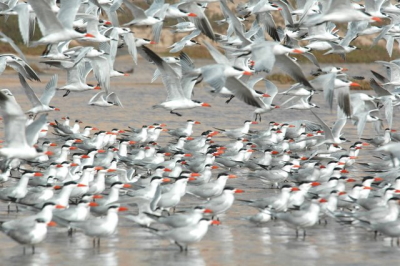
Banc d'Arguin National Park is renowned for its high number of nesting and migrating birds.
The park covers a rich marine and coastal ecosystem, located between the Sahara and the Atlantic Ocean. Its mudflats and sandbanks provide resting places for over two million migrant shorebirds from northern Europe, Siberia and Greenland. The surrounding waters are some of the richest fishing waters in western Africa due to the permanent upwelling off Cap Blanc.
Community Perspective: it’s a huge park and the general bird-viewing conditions seem disappointing. Solivagant describes his visit in March 2007, which included a 4x4 seashore drive and a boat ride.
Cliff of Bandiagara
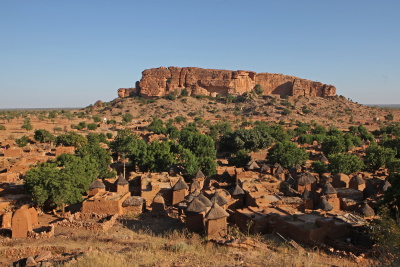
The Cliff of Bandiagara (Land of the Dogons) is an eroded landscape of tablelands, gorges and plains that is inhabited by the traditionally living Dogon people.
The Dogon have withdrawn themselves to caves and rock shelters in this rocky area. They built their villages with distinct clay architecture. Sacred rituals from their traditional religion are closely connected to the landscape. The beautiful natural environment provides the Dogon also with medicinal plants.
Community Perspective: "undoubtedly one of the great sites of Africa". It is best seen as part of a multi-day trek, to enjoy village life, the Dogon way of greeting, the traditional woodwork of the doors, and the mask dances. Solivagant wonders about how inevitable change will affect this way of life, but we haven’t received another review for almost 20 years.
Monastery of Alcobaça
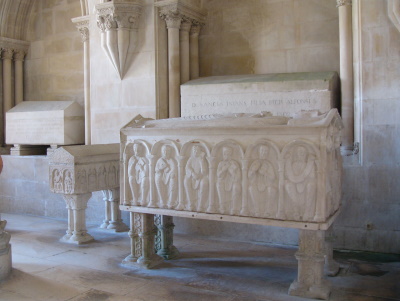
The Monastery of Alcobaça is a unique monastic establishment and a masterpiece of Gothic Cistercian art.
The monastery was founded by the first Portuguese King, Afonso Henriques, and maintained a close association with the Kings of Portugal throughout its history as it includes the Royal Tombs and the Royal Pantheon. The church and monastery were the first truly Gothic buildings in Portugal. Of further note is its 18th-century kitchen, where a hydraulic system brought water and fresh fish from the river Alcoa.
Community Perspective: overall characterized by a simple elegance, the best sights include the tombs of Inês de Castro and Dom Pedro, the Cloister of Silence, the refectory and the kitchen.
Mystras
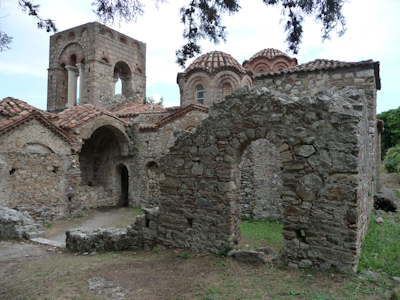
The Archaeological Site of Mystras is a relict townscape from the late medieval period.
Mystras was created as a castle, but the inhabitants of nearby Sparta fled to this safe place and developed it into a city. At the end of the 14th century, Mystras was the centre of Byzantine power in the Peloponnesus, became a bishopric and gained numerous monasteries and churches. The remains of palaces, mansions and urban residences also demonstrate its former importance and wealth.
Community Perspective: Walk its cobbled streets and “beautiful frescos and excellent Byzantine architecture will make your day”.
Olympia
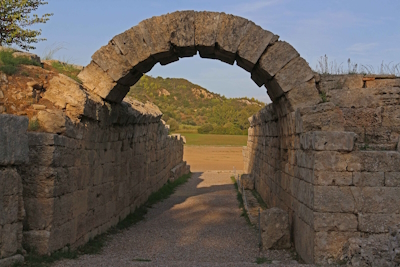
The Archaeological Site of Olympia holds several masterpieces from the Ancient Greek world and was the site of the original Olympic Games.
Already in the 10th century BCE, Olympia became a center of worship of Zeus. It flourished until 426 CE and was adorned with many great pieces of art (mostly sculptures such as the giant Olympia Zeus) and architecture. Olympia now is mainly remembered for the games that were held here every 4 years, which got their Pan-Hellenic character in 776 BCE. A stadium, hippodrome and associated training structures remain.
Community Perspective: The stadium and the museum are the parts not to be missed.
Sanchi
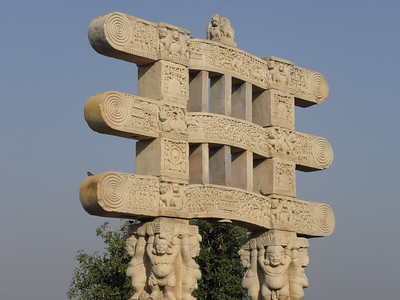
The Buddhist Monuments at Sanchi represent the remains of an ancient major Buddhist sanctuary.
The site is known for its sculptured decorative work in stone of high artistic quality, notably in Stupa no. 1 and 3. It also holds the enshrined remains of two chief disciples of Buddha, and therefore has stayed a place of pilgrimage. The site has ruins of about 50 monuments, among them are three large stupas, temples, a monastery and monolithic pillars.
Community Perspective: The main stupa at the hilltop is definitely the most eye-catching sight here. The site can be visited as a day trip from Bhopal, combined with the Rock Shelters of Bhimbetka. The best time for photography is in the late afternoon.
Victoria Falls
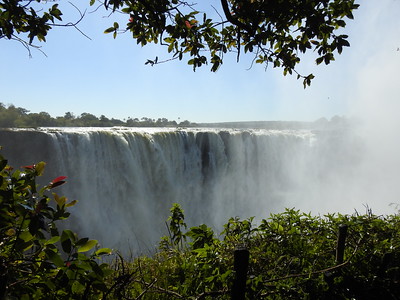
Mosi-oa-Tunya / Victoria Falls are the largest waterfalls in the world, measured by a combination of their height (108m) and width (1,708m).
The Zambezi River system comprises eight steep gorges and several islands that attract migratory bird species. A riverine 'rainforest' within the spray from the waterfall has also developed. The site spans a contiguous area across the Mosi-oa-Tunya National Park (Zambia), Victoria Falls National Park (Zimbabwe) and Zambezi National Park (Zimbabwe).
Community Perspective: it is recommend visiting them from all 3 sides – the Zimbabwean, the Zambian, AND from the air with a helicopter ride.
Extended Sites in 1989
Tasmanian Wilderness
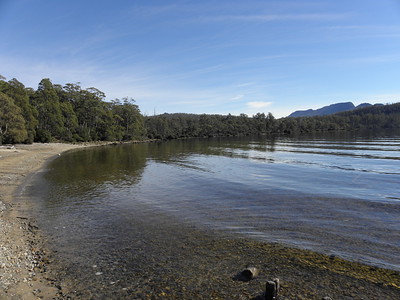
The Tasmanian Wilderness constitutes one of the last expanses of temperate wilderness in the world and a cultural landscape for Tasmanian Aboriginal people.
Tasmanian Aboriginal people have lived here for approximately 40,000 years, of which traces can be found in prehistoric cave sites. Its nature is of exceptional beauty, with various distinctive landforms ranging from the alpine to wetland and coastal ecosystems. It includes some of the longest-lived trees in the world and is home to several marsupial carnivores.
Community Perspective: The lakes of Dove and St. Clair (part of the Cradle Mountain/Lake St. Clair National Park) are the most accessible option for a short visit, and you may spot platypus, wombat and echnidna there. Shandos has given an overview of 5 of the included reserves.
Rob Wilson UK - 01-May-05
Gorgeous! This must be one of the most beautiful places on the entire planet. The Tasmanians should be very proud of their state. The Overland Track between Cradle Mountain and Lake St. Clair must be one of the finest hikes on Earth. I can't recommend it higher. But, if you do attempt this hike, please be fully prepared. The weather in this part of the world can be absolutely lethal. Oh and also, Tasmania, please STOP THE LOGGING!
Read On